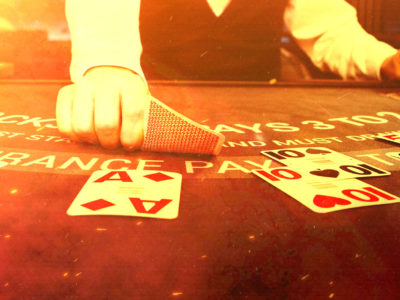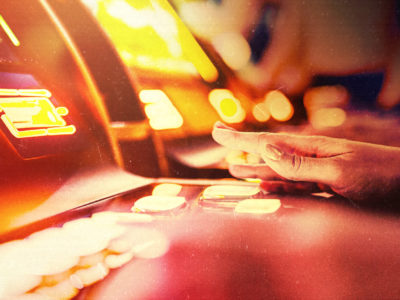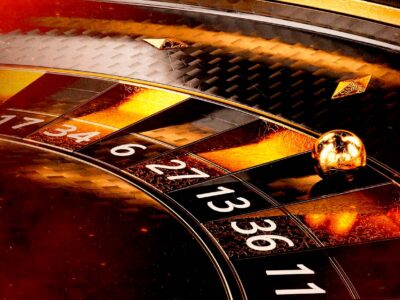For poker players, there’s nothing better than tuning in to an episode of a poker TV show and watching the best in the world square off against each other.
Poker is an exhilarating game to watch, even for casual viewers. Hundreds of thousands, if not millions of dollars can change hands in a matter of moments, all thanks to a brilliant move or a painful turn of a single card.
It’s high drama with characters from all over the world. There are good guys and heels, prizes and pitfalls. Here’s what to look for when watching poker on TV.
Poker TV series
The heyday of poker on TV was in the 2000s. At that time, poker was regularly televised on American broadcast channels as pros battled it out in an era in which poker was booming. It was at this time that many of the most famous poker shows were made, shows such as:
- High Stakes Poker – One of the most successful poker TV shows of all time, High Stakes Poker ran for eight seasons starting in 2006. Pros bought into cash games for a minimum of $100,000 and up to $1,000,000, making for intense clashes and great viewing.
- Poker After Dark – Originally aired on NBC in 2007, Poker After Dark has now shown hundreds of episodes of high-stakes single-table tournaments and cash games featuring famous players.
- The Big Game – A PokerStars-sponsored show, The Big Game ran for three seasons in 2010 and had an unusual format. An amateur was staked $100,000 to play 150 hands against pros and celebrities.
- Shark Cage – Another PokerStars show aired in 2014. Pros, celebrities and online qualifiers competed to make the final table to win their share of the $1,000,000 prize pool. The twist is that if players are bluffed or caught bluffing, they are sent to the shark cage and miss a round.
Poker series are now shown less often on TV broadcasting networks and can instead by found online. The Big Game and Shark Cage, for example, can be found on PokerStars YouTube.
Modern streaming and EPT broadcasts
A lot of poker content is now shown online on streaming platforms such as YouTube and Twitch. This is where many of the sponsored professional players, such as Spraggy and Lex Veldhuis, showcase their skills and let viewers follow their online sessions.
PokerStars also has channels on Twitch and YouTube for broadcasting both online and live events. You can find cards face-up action and commentary on online series such as WCOOP and SCOOP, as well as European Poker Tour (EPT) live streams.
EPT live streams are arguably one of the best ways to watch poker in the modern age. EPT events feature some of the best players from around the world competing for prizes of over a million euros. The production is fantastic and worth watching either live or after the events.

Check out the award-winning EPT live streams
How are player’s cards shown face-up?
One of the first things you’ll notice when watching poker on TV or tuning in to an EPT live stream is that the players’ hole cards are shown face-up. This makes the game much more exciting for the audience, who can follow along the action while knowing exactly what everyone has.
Face-up hole cards have been around since the 1990s and were a game-changer for televised poker. Originally, players were instructed to place their cards on glass which had cameras built in so that cards could be revealed.
Nowadays, televised tables use cards with RFID chips inside to relay the information to the broadcaster and the audience. Players still can’t see each other’s cards, but the audience gets a unique glimpse into the action.
Do poker streams and shows have commentary?
Poker shows and live streams nearly always have commentary. This makes the game easier to follow and more entertaining for casual viewers. Often, shows will also feature professionals who join the booth to provide expert analysis, which keeps experienced players happy too.
On EPT live streams, the team usually consists of James Hartigan, a master of commentary, along with comedian Joe Stapleton. Both have a good understanding of the game, but they are joined by players like Sam Grafton, Nick Walsh and Maria Ho, who can give a deeper dive into hands.
Are live streams actually live?
In order to protect game integrity, live streams of poker are nearly always shown on a delay, usually of half an hour. This prevents players from being able to see each other’s cards or gain information while still in a hand.
Having a delay is important both online and live. For online streamers, players could easily open a tab with the live stream to watch the action, so a five-minute delay is common. For live players, friends who are watching the stream could send the information via text.
Running all live poker streams on a 30-minute delay ensures the game remains fair, while still providing an experience as close to live as possible.
Are all hands shown?
TV shows don’t always make for good educational material, especially the older style of show that tended to cut out all but the most exciting hands. In some poker shows, it looks like every single hand is a clash between aces and kings.
Showing the most exciting hands makes a lot of sense from a broadcast perspective, especially when appealing to a casual audience. This approach has been criticized by more experienced players, who know that the bigger picture is not being shown.
Poker involves a lot of folding and a lot of small pots that are won or lost on a single, simple bet. There’s a balance to be had, though, as showing all of these wouldn’t make for good viewing.
In online or live poker streams, you’ll get to see more of the hands, whether exciting or not. TV teams or streamers will tend to cut to outer tables if nothing much is happening, but overall, you’ll see more of what a poker tournament is all about.
Back to TopView Other Blogs




















